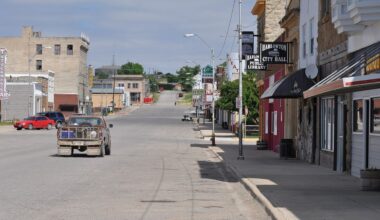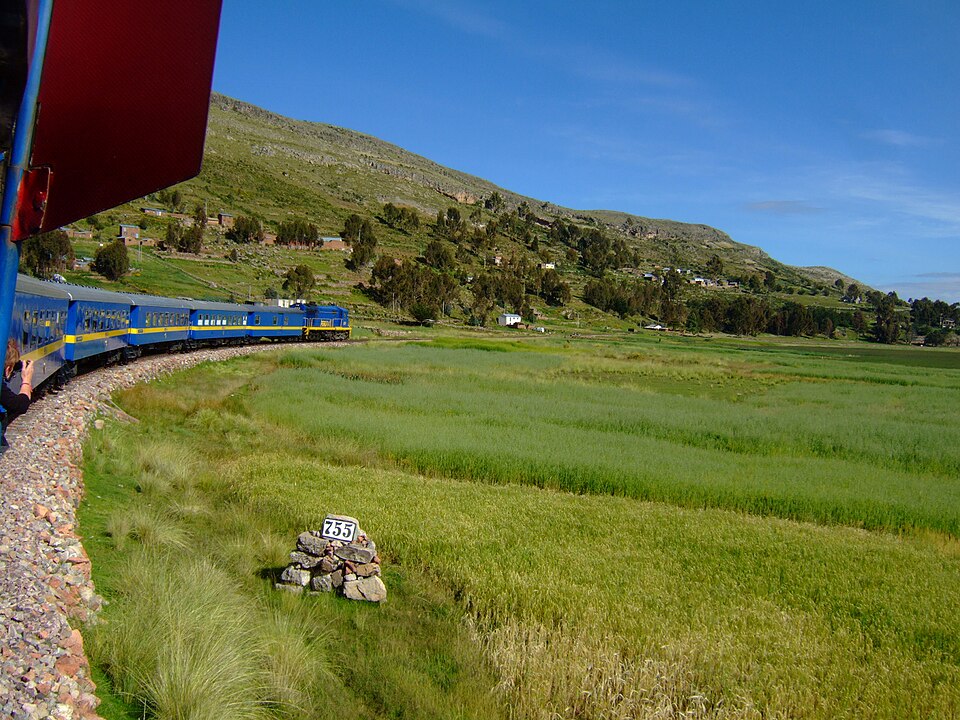Some corners of the United States feel worlds away, shaped by old trade routes, layered languages, and landscapes that reset the clock. Ferries replace freeways, small harbors set the rhythm, and night skies return the dark. Foodways, rituals, and tides guide the day more than schedules do. What this really means is a different kind of travel without a passport. Step off the dock and the air shifts; pace, manners, and voices change, and curiosity wakes up for real.
St. John, U.S. Virgin Islands
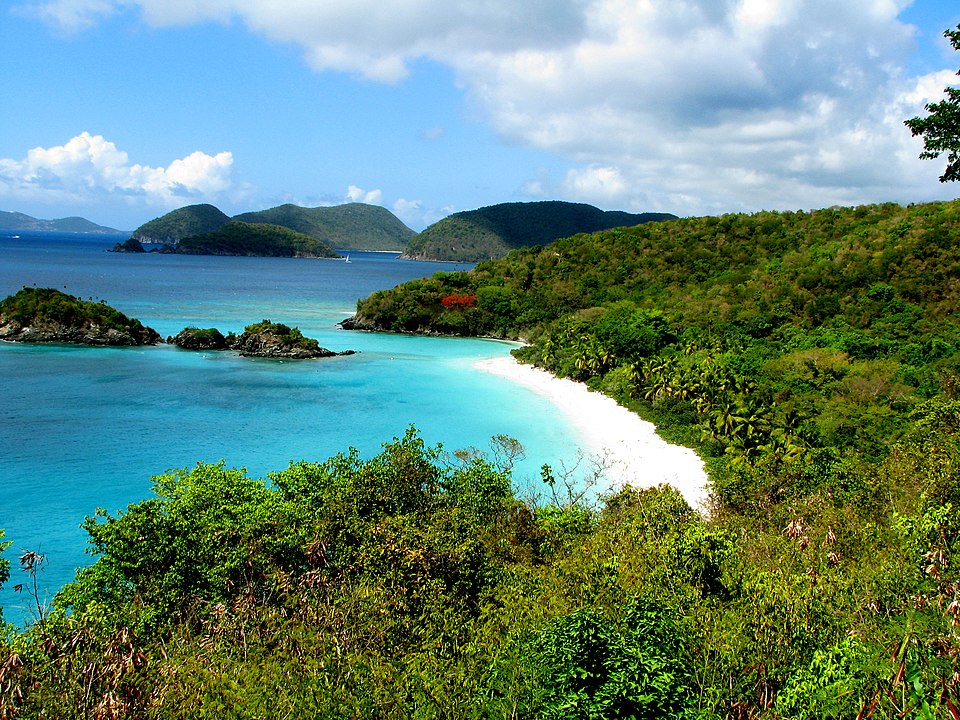
Two-thirds national park keeps St. John quieter than its neighbors. Hillsides drop into bays clear enough to count sea fans, and Danish ruins stitch history into the trails. Roads climb and curl, then fall to Cruz Bay, where menus read Caribbean first and American second. Small guesthouses and starry nights define the mood, while reef-safe snorkeling turns mornings into rituals. It feels like a tiny nation that chose nature over gloss, with community as its anchor.
Vieques, Puerto Rico
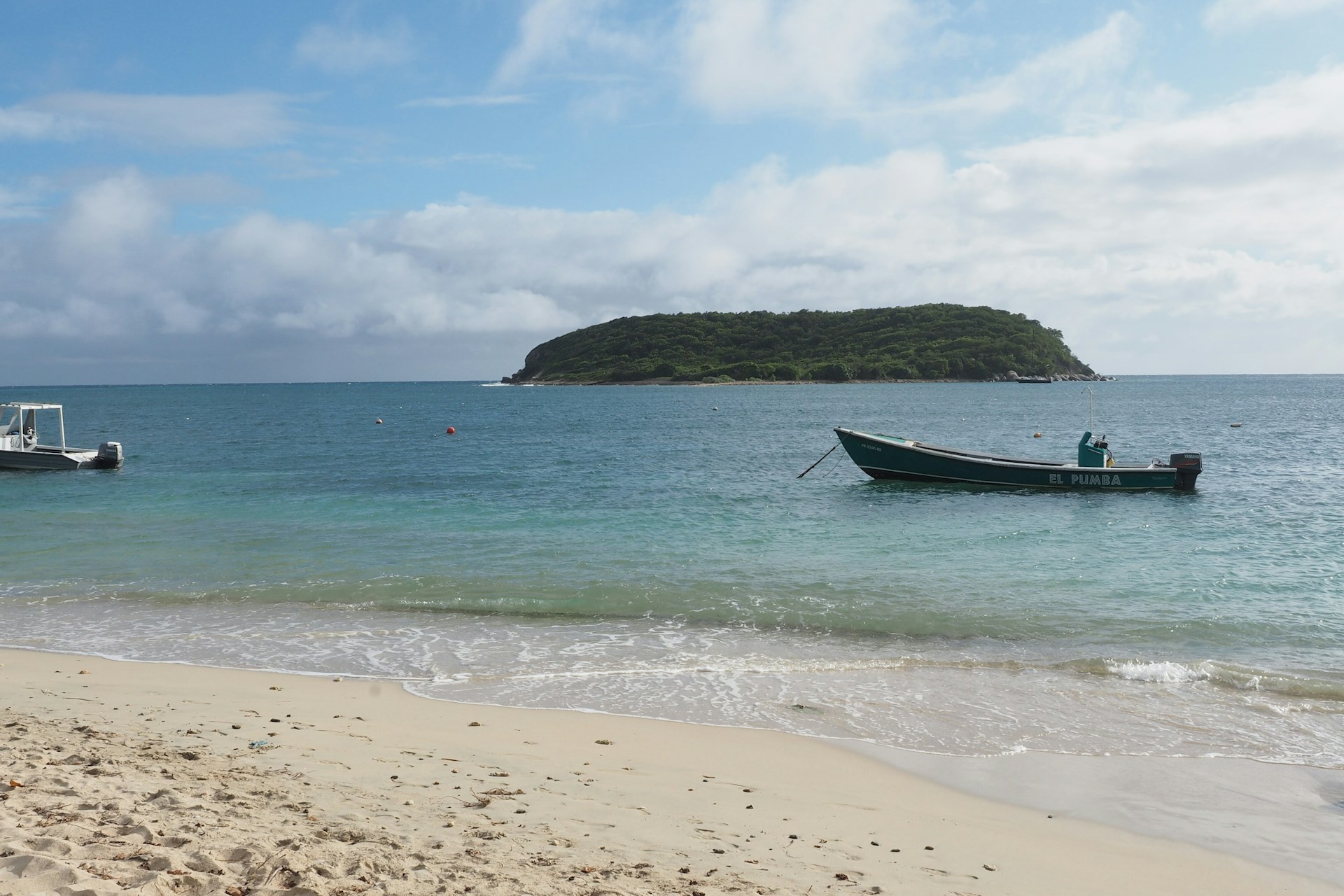
Vieques carries a soft, off-grid energy. Wild horses wander beaches, Spanish and English trade shifts in cafés, and the bioluminescent bay lights up like a private galaxy on moonless nights. Former navy lands now hold broad preserves, so long crescents of sand stay empty except for pelicans and prints. Esperanza’s malecón hums at dusk, then the island goes quiet enough to hear the waves. The vibe is small-town Caribbean, intact and unhurried.
Culebra, Puerto Rico
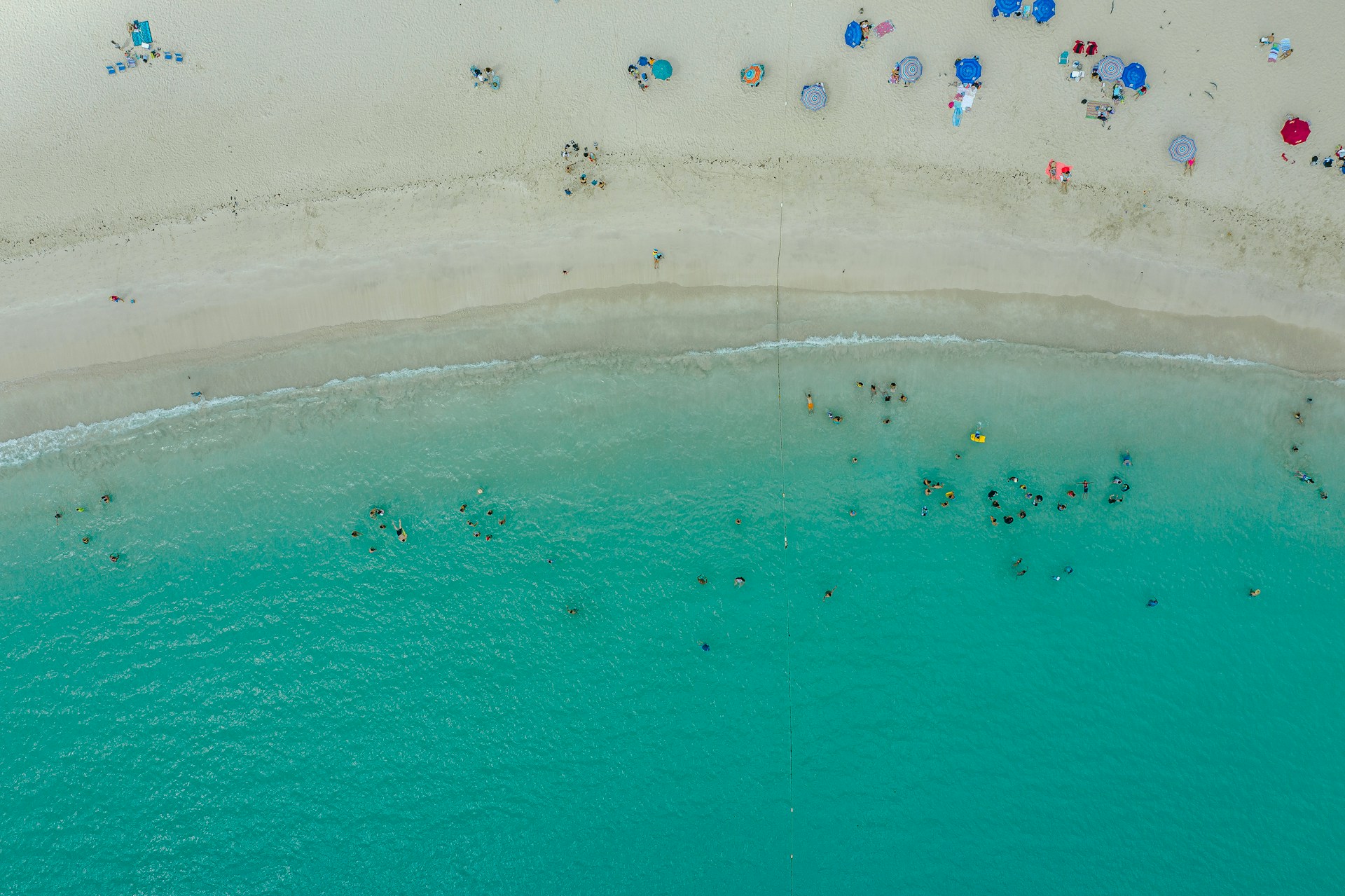
Culebra works on island logic. Flamenco Beach arcs like a blue-green bowl, while smaller coves hide turtles and idle skiffs. Traffic is light, golf carts and pickups, with days that pivot on wind and tide more than clocks. Shops lean simple, plates lean local, and conversation comes easy. With modest inns and steady trade winds, the place feels closer to the tiny Antilles than the mainland, a pocket of calm that keeps its own counsel.
Saipan, Northern Mariana Islands
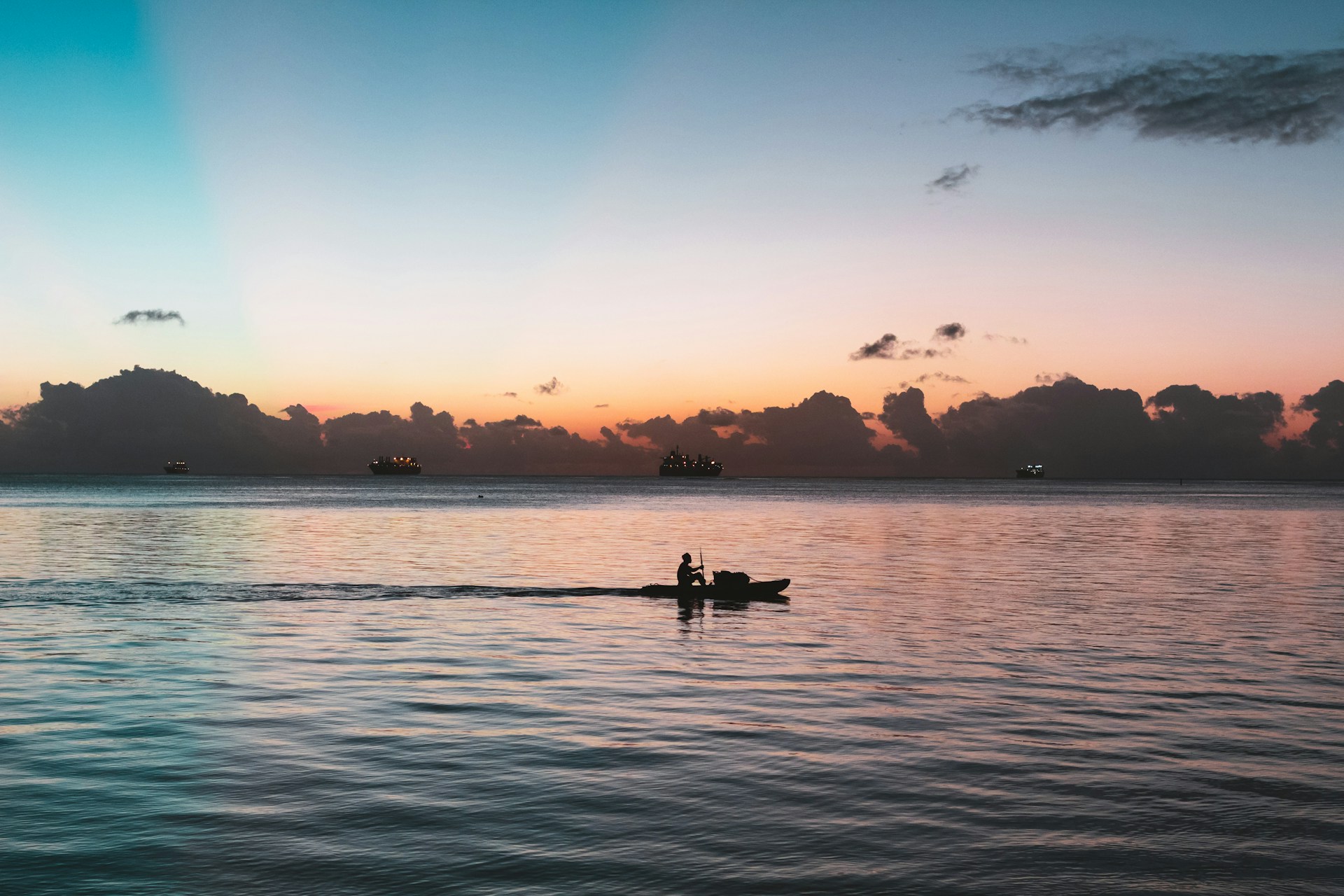
Saipan folds Pacific stories into daily life. Chamorro roots, Spanish stonework, and Japanese gardens share the same sun, while jungle trails climb to cliffs where history left scars. Lagoons hold water still as glass, fish markets speak several languages, and evenings fall warm without hurrying anyone home. Street food leans oceanward; festivals fill the calendar. It reads cosmopolitan in a village way, a Micronesian blend that never feels borrowed.
Ofu, American Samoa
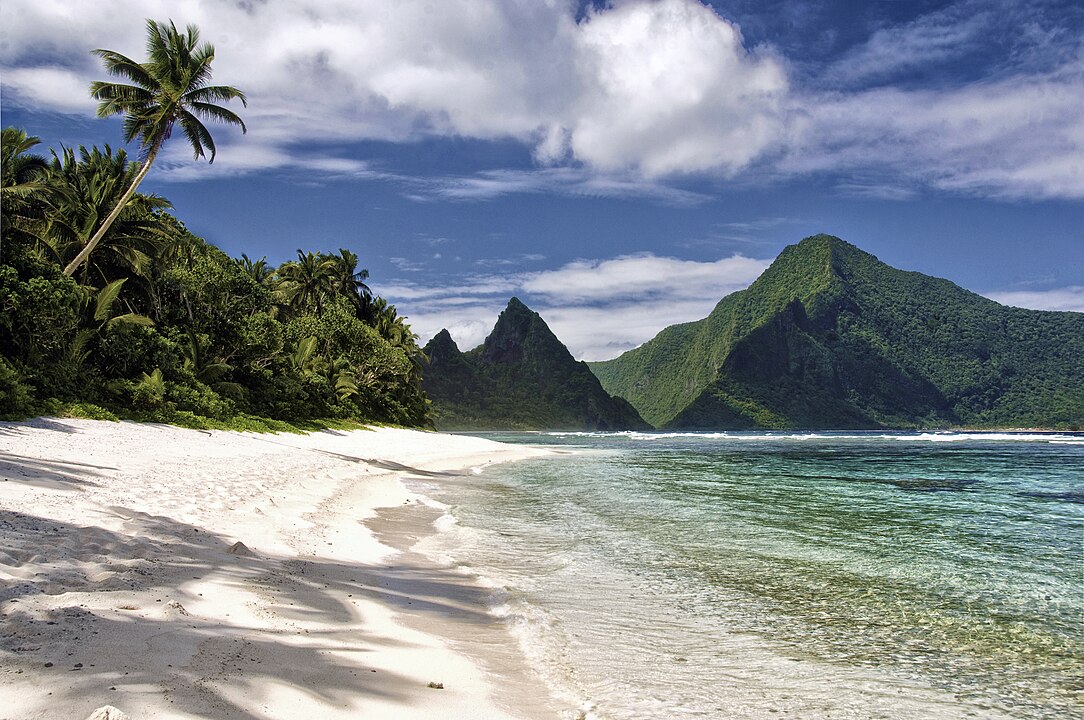
Ofu feels elemental, a thin ribbon of sand between rainforest walls and a reef so clear the horizon looks etched. Polynesian customs set the tone: quiet respect, shared meals, and decisions paced by weather first. Lodging stays simple, trails run steep, and the beach often belongs to no one but you and the frigatebirds. Bright constellations own the night. It feels like another country’s national park, protected by distance and care.
Dry Tortugas, Florida
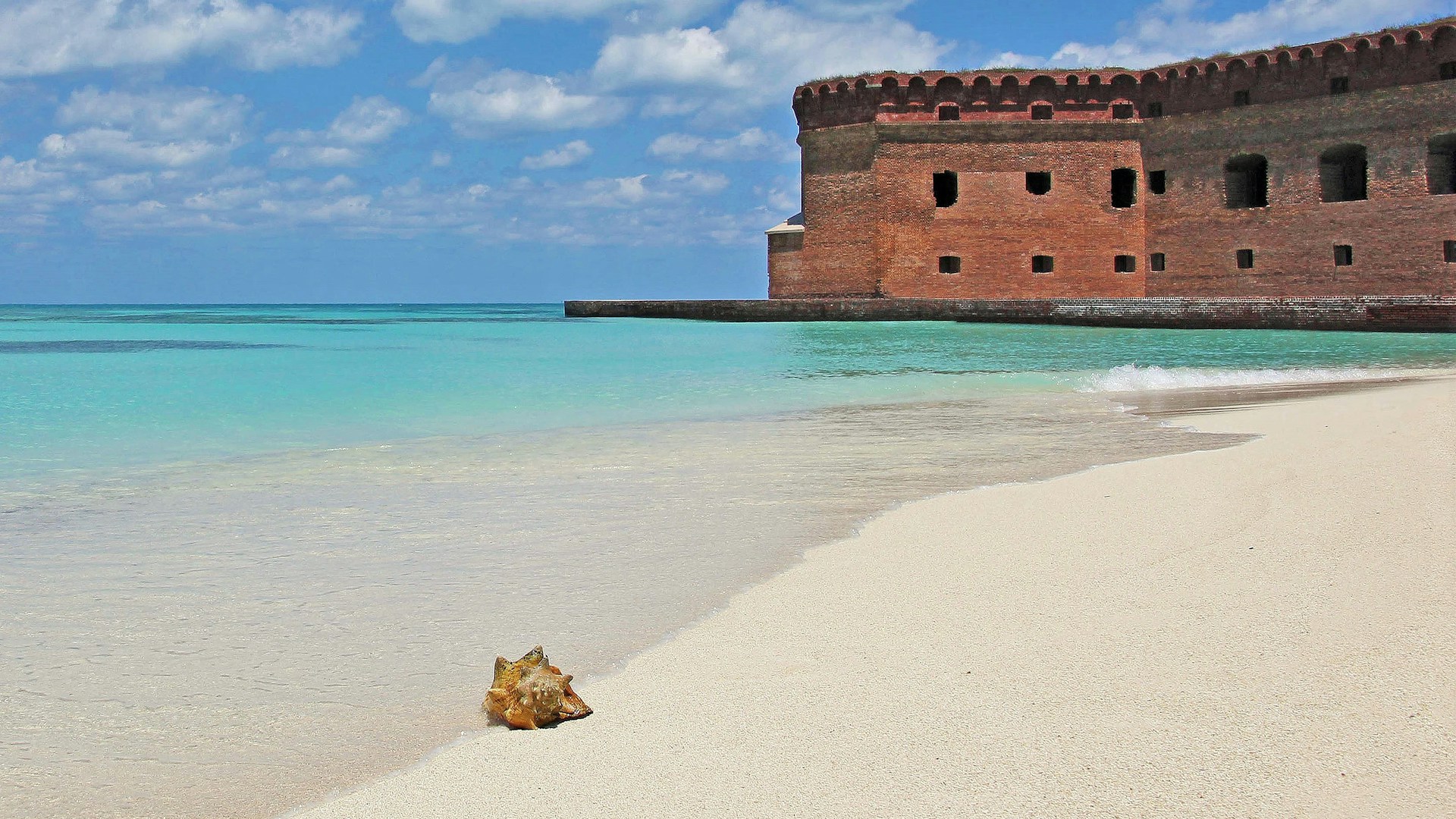
Seventy miles past Key West, Dry Tortugas rises like a mirage of brick and coral. Fort Jefferson’s arches and moat suggest the Mediterranean, while the boat crossing turns the day into a small expedition. Snorkelers drift over rays and old timbers; terns work the air like confetti. With no hotels and limited permits, sunsets feel earned and unshared. The silence between sea and citadel gives the place its own flag, at least for an afternoon.
Cumberland Island, Georgia
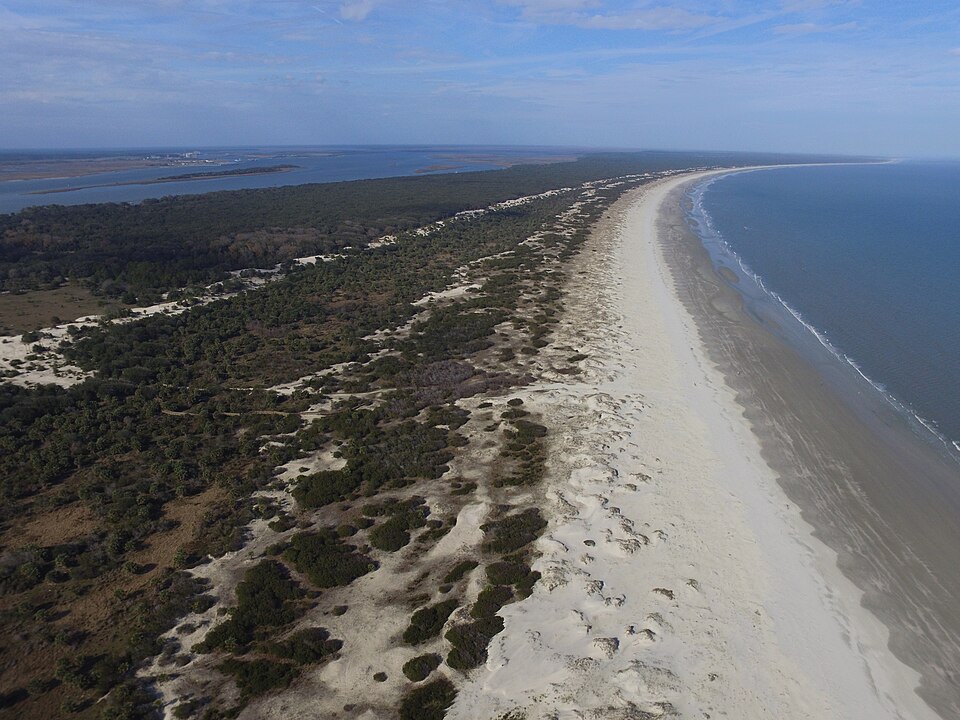
Cumberland moves in the hush between maritime forest and dune. Live oaks braid the light, feral horses ghost through palmetto, and a long, empty beach holds the Atlantic at arm’s length. Gilded Age ruins crumble into moss while the ferry takes away the day’s noise. Nights belong to stars; mornings to tracks left by birds and deer. It feels like an Old World estate handed back to nature and kept on trust.
Tangier Island, Virginia
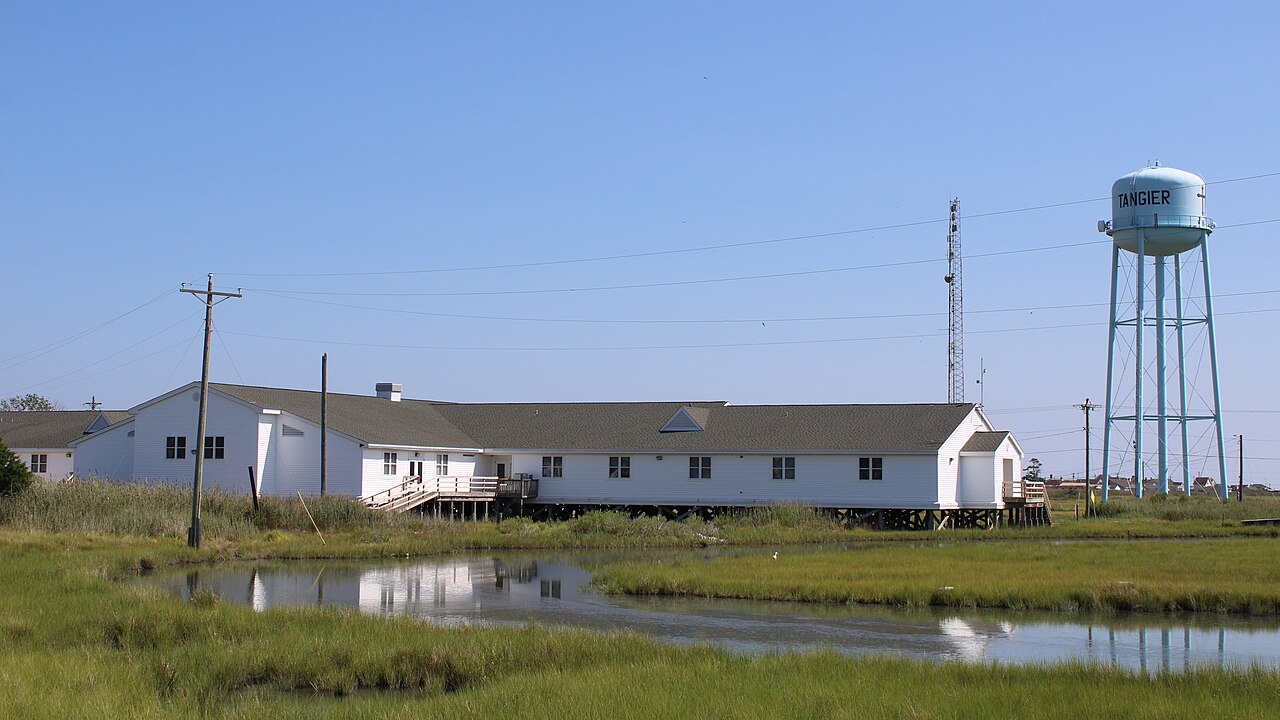
Tangier keeps a tidewater dialect that sounds older than the republic. Narrow lanes welcome bicycles and golf carts, crab pots stack by porches, and churches set the week’s rhythm. The bay presses close, and erosion redraws the edge each year, adding urgency to stories told at twilight. Seafood is currency and culture. It feels like a British outport scaled to the Chesapeake, weathered, proud, and stubborn in the best way.
Isle Royale, Michigan
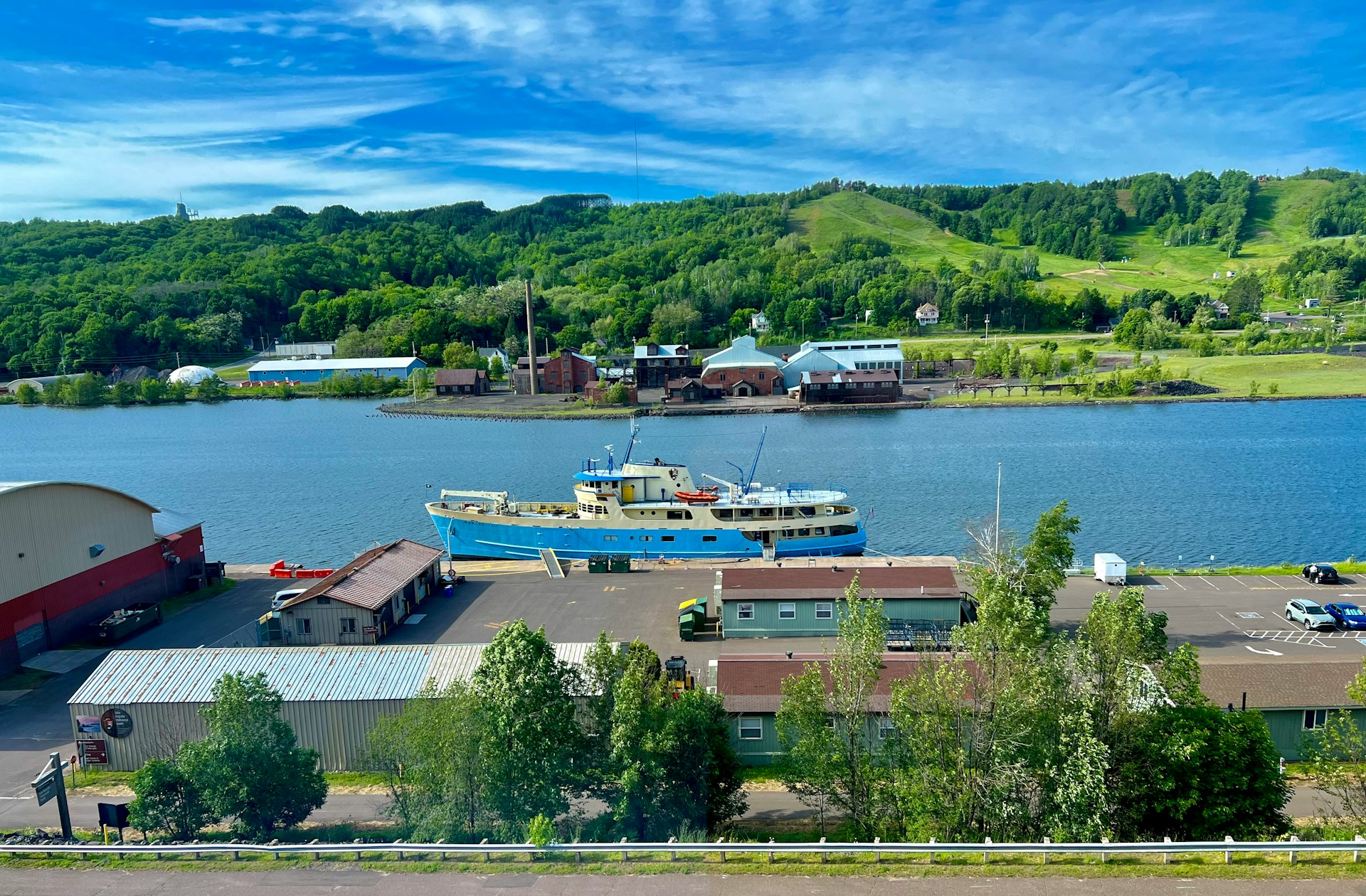
Far out in Lake Superior, Isle Royale trades roads for footpaths and engines for loons. Moose browse alder shade, wolves pad spruce ridges, and the water reads Nordic with every change of light. Old copper pits and fish camps mark quiet chapters, while long portages turn maps into muscle memory. Ferries chase weather and seasons end abruptly. The island feels Scandinavian in spirit, stoic and spare, and intensely alive when the sun appears.
Santa Cruz Island, California
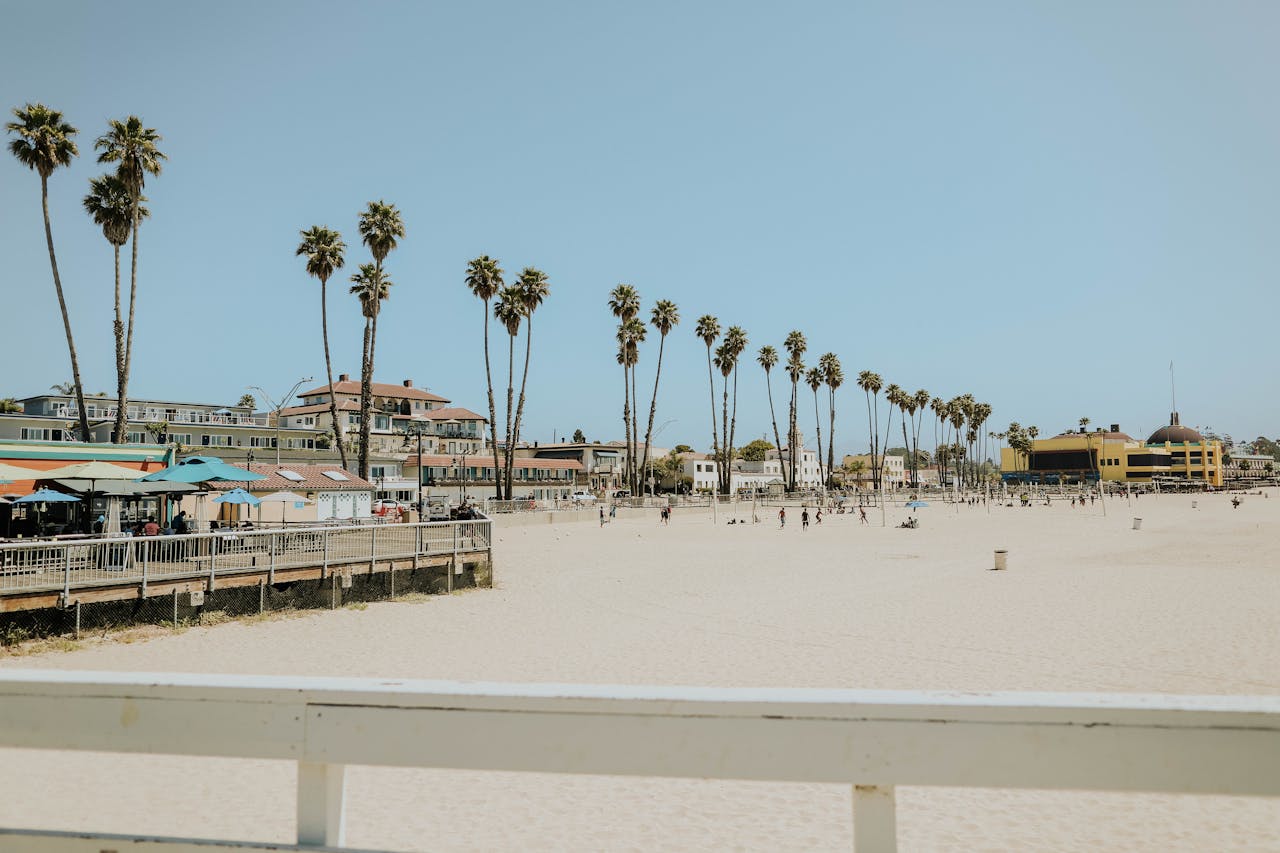
Just off Southern California, Santa Cruz moves like the Mediterranean. Chalky cliffs, oak-dotted mesas, and turquoise coves frame a coast where tiny foxes trot the trails. Kayaks slip into teal-lit sea caves; ranching history lingers in weathered gates and barns. There are no stores, only ranger talks, tide checks, and footpaths. At noon the light feels Aegean; by late day it slides to gold that could pass for Sardinia.
Molokai, Hawaii
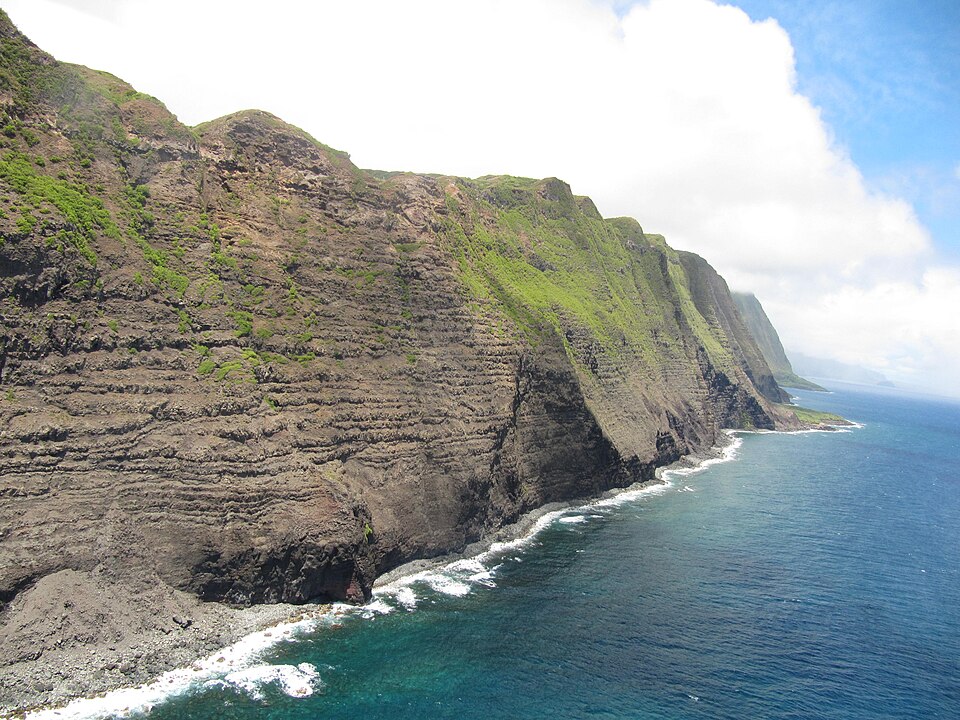
Molokai favors roots over polish. Fishing, hula, and family gardens shape daily life; traffic takes its time through town. Sea cliffs at Kalaupapa look mythic, the east end rides in green folds, and conversation carries long vowels and patience. Few resorts, many neighbors, and a culture that values respect over spectacle. It feels like Polynesia unbent by marketing, generous to visitors who listen, and content to stay itself.

